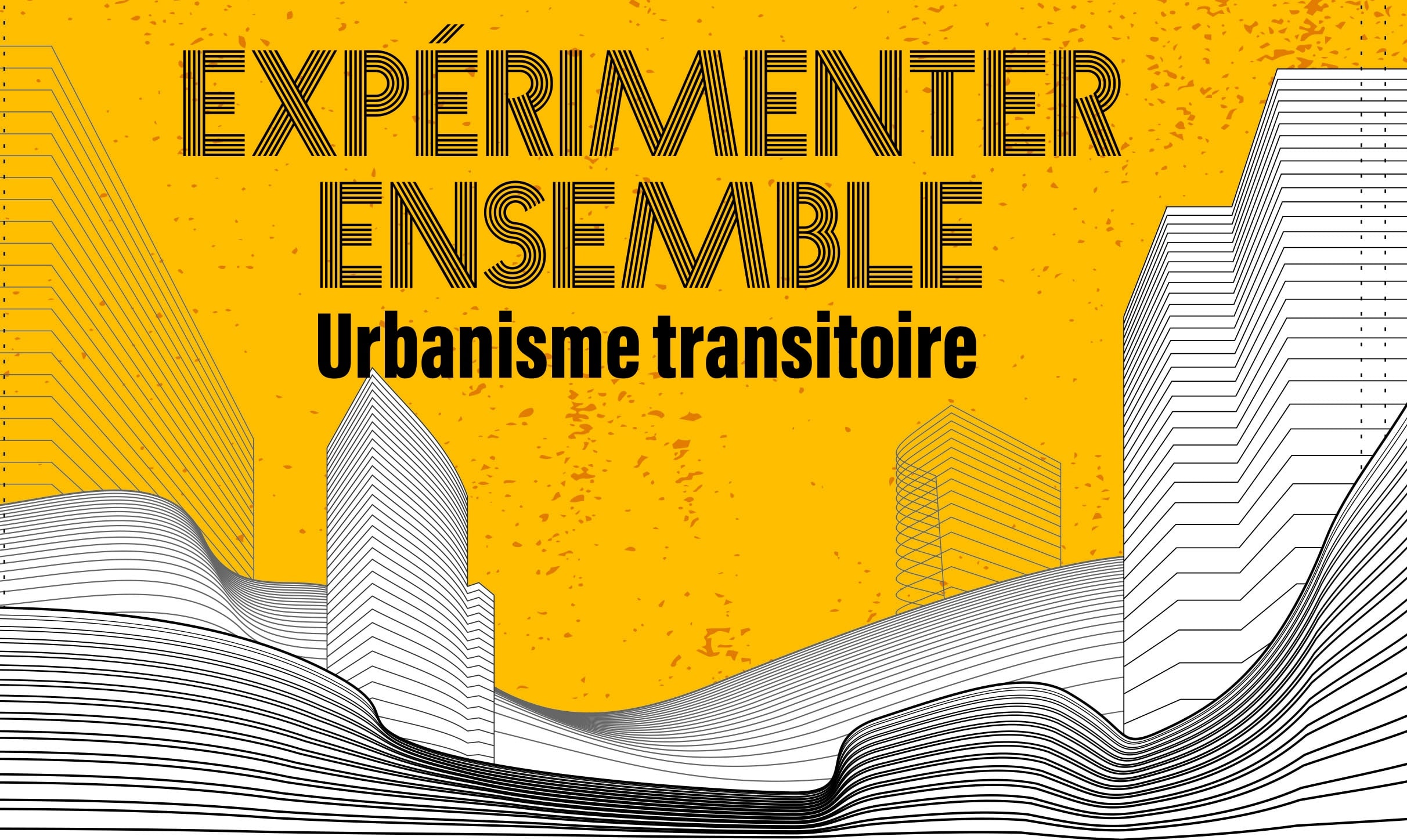courcouronnes
courcouronnes
courcouronnes
Apéro philo du Pôle seniors
Temps d’échanges sur la philosophie et la connaissance de soi, animé par M. Iorio, professeur en philosophie.
Sortie seniors au Musée Carnavalet de Paris et découverte de la Coulée verte
Matin : visite guidée du musée Carnavalet sur la thématique « Le Paris Urbain, transformations du 19e siècle à nos jours »
Après-midi : découverte de la Coulée Verte René-Dumont de Paris, autrefois appelée Promenade plantée. Une belle balade méconnue des parisiens qui nous emmène dans un parcours verdoyant allant de la Bastille jusqu’au Bois de Vincennes tout en passant par le Viaduc des Arts. On prend un peu de hauteur et on s’offre une belle découverte insolite et ombragée, à l’abri des voitures et du tumulte parisien.
Sortie Seniors au Tribunal de Grande Instance
Le Pôle Seniors vous propose de visiter du Tribunal de Grande Instance d’Évry. Vous pourrez ainsi assister à une audience puis visiter du tribunal (archive, bibliothèque, scellé, etc.).
Atelier Part’âge du Pôle Seniors
Le Pôle Seniors organise un atelier mémoire “Jeu du Baccalauréat”.
Atelier Part’âge du Pôle Seniors
Le Pôle Seniors organise un atelier mémoire “Jeu du Baccalauréat”.
Sortie street art du Pôle seniors
Le Pôle seniors vous propose une ballade à la découverte des oeuvres d’art urbain de la ville.
Atelier informatique du Pôle Seniors
Le Pôle Seniors organise des ateliers informatiques pour vous aider à réaliser vos démarches administratives en ligne mardi 27 février de 9h30 à 11h30.
Atelier Part’âge du Pôle Seniors
Le Pôle Seniors organise un atelier “Mémoire”.
Atelier Part’âge du Pôle Seniors
Le Pôle Seniors organise une initiation et un tournois de Scrabble.
Atelier Part’âge du Pôle Seniors
Le Pôle Seniors organise une initiation et un tournois de Scrabble.



